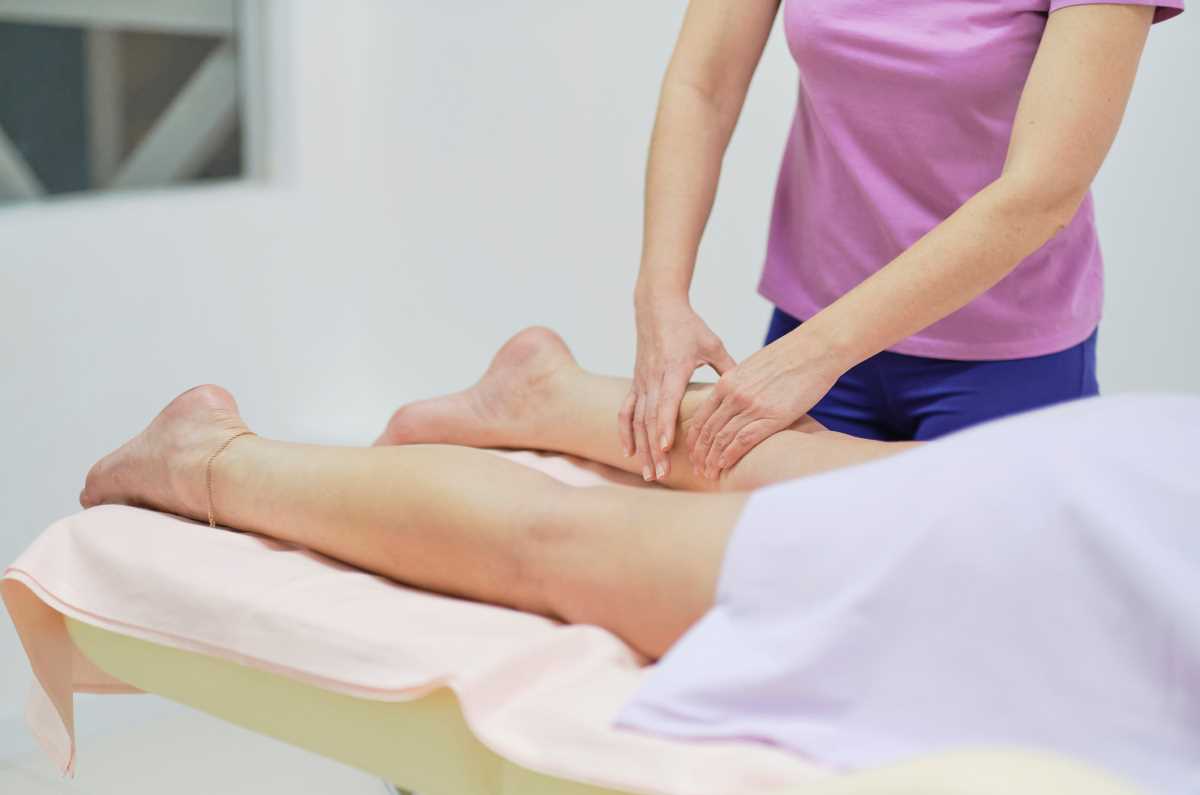Ever notice how much governments love acronyms?? Unfortunately, this article is full of them, but we’ll explain what they mean and try to clear up the murky area of chronic disease management (CDM) plans, formerly called Enhanced Primary Care (EPC) plans.
Note: The primary sources for this article is the Australian Government, Department of Health’s chronic disease management resources. Unfortunately this information has not been updated since 2014. Please treat this as general information only, and discuss your specific needs with your GP.
What are CDM plans?
In a nutshell, these plans are a proactive way for you and your general practitioner (GP) to manage your chronic, complex or terminal medical condition/s. The Department of Health defines a chronic condition as ‘one that has been (or is likely to be) present for six months or longer’.
Chronic musculoskeletal conditions fit under this definition.
These plans are prepared by a GP to help eligible people manage their condition/s. The plans set goals to help people manage and hopefully improve their health and wellbeing.
There are two types of CDM plans:
- GP Management Plans (GPMP) and
- Team Care Arrangements (TCAs).
GP Management Plans (GPMP)
A GPMP can help people with musculoskeletal conditions by providing an organised approach to their care. It’s a plan that you’ve worked out with your GP that:
- identifies your health and care needs
- sets out the services to be provided by your GP
- lists any other health care and community services you may need
- lists the actions you can take to help manage your condition.
For example, if you have osteoarthritis in your knees that’s causing you lots of pain, and you’re no longer able to comfortably play tennis or go bushwalking, you and your doctor might decide that losing some weight will improve this situation. However, rather than just agreeing that weight loss is a good idea, a GPMP is an action plan that sets out your clear aims and objectives.
Once this plan has been developed, you should receive a copy to take with you.
Team Care Arrangements (TCAs)
If you need help from other healthcare providers to achieve your goals, your GP may also suggest a TCA.
TCA’s include 5 visits per calendar year to other health care providers. These 5 visits can be to one healthcare provider or spread between several providers.
On the first of January you become eligible for 5 new visits. You’ll need to see your GP about this.
You should also receive a copy of this plan.
Eligibility
This is one of the areas that’s a little complicated, so if you think you might be eligible, it’s best to speak with your GP directly. When you call to make an appointment, let the receptionist know that you’d like to discuss a chronic disease management plan. You’ll need a longer appointment for this.
The Department of Health states that while there’s ‘no list of eligible conditions…these items are designed for patients who require a structured approach and to enable GPs to plan and coordinate the care of patients with complex conditions requiring ongoing care from a multidisciplinary care team. Your GP will determine whether a plan is appropriate for you’. (1)
Costs
Also a tricky area. If a healthcare provider (e.g. dietitian) accepts the Medicare benefit as full payment for the service, you’ll be bulk billed and there’ll be no out-of-pocket costs. However if they don’t, you’ll have to pay the difference between the fee charged and the Medicare rebate. This is often called the ‘gap’.
When you’re making an appointment, be sure to ask what your out-of-pocket costs will be. If the cost isn’t something you can afford, discuss your options with your doctor.
Reviewing your plan
Your plan will need to be reviewed regularly. These reviews allow you to see how much progress you’ve made. If you’re meeting your goals – e.g. losing weight, increasing your fitness – that’s great. If you’re not getting there or having difficulties, a review will allow you to discuss this with your GP and work on solutions or adjust your goals.
Help!
It can seem overwhelming, but your GP and the practice nurse are there to support you on this journey.
Contact our free national Help Line
If you have questions about managing your pain, your musculoskeletal condition, treatment options, mental health issues, COVID-19, telehealth, or accessing services be sure to call our nurses. They’re available weekdays between 9am-5pm on 1800 263 265; email (helpline@msk.org.au) or via Messenger.
More to explore
- Chronic disease management patient information
Australian Government, Department of Health, last updated March 2014 - Chronic Disease Management (formerly Enhanced Primary Care or EPC) — GP services
Australian Government, Department of Health, last updated April 2014 - Chronic disease GP Management Plans and Team Care Arrangements: Information for medical practitioners about supporting patients with chronic diseases
Australian Government, Services Australia, last updated October 2021 - Management of chronic conditions
Healthdirect, last reviewed May 2020
Reference
(1) Chronic Disease Management Patient Information, Australian Government, Department of Health, 2014.


















